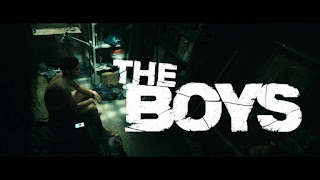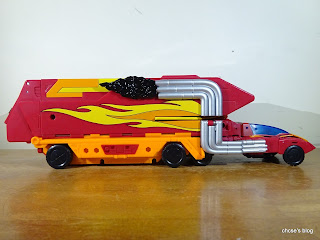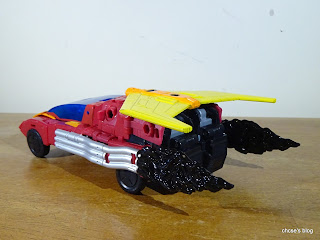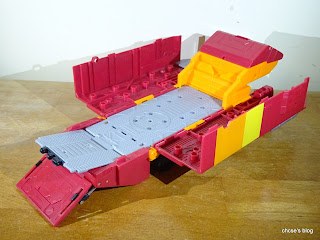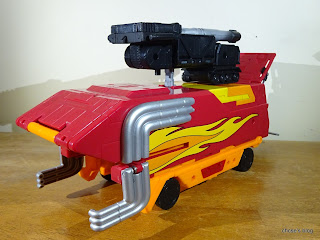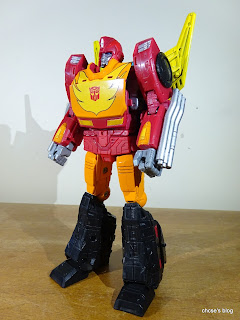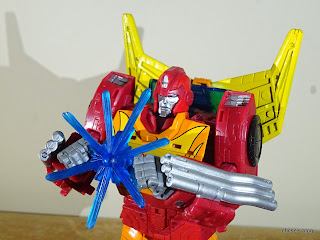The second season of The Boys, which is based upon the graphic novel, is eight episodes long. It is set in a world where superheroes exists but takes on a more gritty realistic tone. It gives more thought and focuses on how it integrates such people with power in society. Basically, the corporation known as Vought has all these superheroes on contracts and uses them as celebrities to generate a ton of money and influence. The first season revealed some dark secrets Vought was holding onto and we see that this world is as equally corrupted and terrible as one would expect.
The first season ended on a pretty big cliffhanger with shocking events and a reveal that was totally unexpected. The first episode of the second season doesn’t jump into it straight away. It focuses on other events, slowly building up the dark tone of the series before teasing you with the continuation. With the members of The Boys, Hughie, Mother’s Milk and Frenchie are in hiding. Butcher is missing and the group is struggling given that they are now wanted and hunted by both authorities and The Seven. There is tension within the group and without a leader, you can see them starting to implode. Butcher’s absence is noticeable but it is such a sweet feeling when he returns.
Several characters, even those who are supposed to be in the same team, come to a clash. Hughie and Butcher have different ideals and both sides have their own justifications. Butcher expresses more violence though but none of them have the higher moral ground. Butcher wants to find and save his wife, while Hughie still takes on a more idealistic approach in trying to expose Vought. They may be fighting against the corruption of the superhero corporation but they are definitely not the good guys either.
We see more flaws of several characters. Homelander is taking on a lot of power being the leader of The Seven and supposedly Vought. The character shines even brighter this season with an excellent performance and holding tons of charisma. However, things go awry when his leadership is challenged and as the new CEO of Vought had noted, he is just a big man-child. The season covers various perspectives so it jumps around often. This can break up the pacing, especially with some of the slower stuff like focusing on the Deep’s psychology and how he is still suffering from being sidelined.
The new member of The Seven, Stormfront, is supposed to break the status quo as she is not submissive to what Homelander wants the public’s impression of them to be. It can feel like the character is trying too hard at times by doubling down on the female aspect, vlogging and acting badass. Her character gets more interesting soon though because she continues to highlight the one persona that superheroes has to the public and the media, and her other true person that shows when a person has too much power. She also causes a massive rift within The Seven itself.
The show is not afraid of showing gory shots. Body parts explode, limbs are sawed off, beheadings and there’s a heap of swearing. Furthermore, Homelander has some really weird and creepy fetishes. Some of his actions are very uncomfortable to watch. At this point, it’s hard to know whether to root for Homelander or not. One the one hand, he is a terrible person and deserves everything he gets. On the other hand, the person serving him attitude and giving him trouble is equally bad. Homelander is losing control of his team, while Stormfront is unpredictable. She has a hidden agenda but it is hard to tell what she is actually planning to do. In one scene she’s against The Seven, in others, she’s not. That said, Homelander is crazy powerful as all other superheroes are afraid of him.
The second season is not as fast paced as the first. Interesting things do happen but they are interspersed by a lot of slow scenes, scenes that sometimes you feel is not essential to the story. It’s also less surprising than the first season since you know what to expect with the characters now and know that they aren’t good people. Despite the darkness and despairs at the insurmountable odds of taking down Vought and the corrupt superhero culture, it promises a glimmer of hope. Unfortunately, as you can already expect, things shouldn’t go as well as planned but the show manages to surprise you at how it does it. You will feel truly blindsided and it is a somewhat shocking scene that leaves a deep impression.
The season ends on a strong finale where the good outweighs the bad. It feels like after the whole season, the gang is properly working together after sorting out their issues with each other. Then the big reveals come out for Stormfront, Vought and Homelander as Butcher, Hughie and the rest of the team goes for them head on in a confrontation. Just when everything settles down as the season ends, it reveals the identity of a mysterious character that had been there throughout the season. It’s an unexpected reveal.
Overall, the second season of The Boys, while not as strong as the first season, still carries an engrossing story in an interesting world. It continues to explore more deeply the politics of having superheroes ingrained in such a society. The pacing can be off at times, mainly in the beginning where there are several slow scenes in order to set up the tone and plot arc of the season but it is worth it.
------------------------------------------------
For other TV reviews, have a look at this page.
